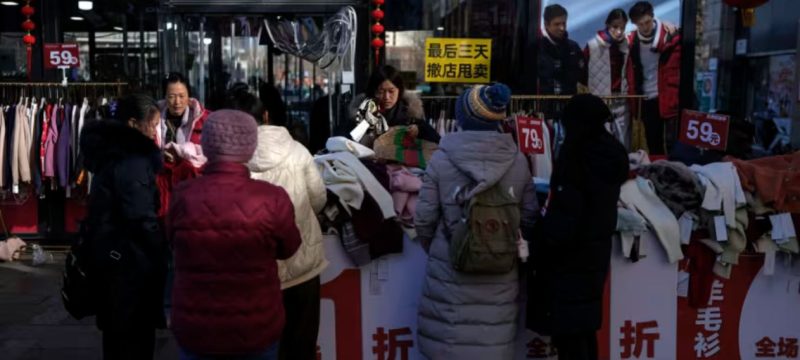Chinese exports are booming again, driven by a surge in international demand — even from countries like the United States that have imposed heavy tariffs on Chinese goods. Yet, inside China, consumer spending remains sluggish, highlighting a widening divide between global appetite for Chinese products and weak domestic consumption.
Global Buyers Turn to China Despite Tariffs
In 2025, global imports from China have reached record highs, fueled by the affordability of Chinese electronics, home appliances, and manufactured goods. The boom comes despite Washington’s tariffs on Chinese imports, which were raised to 25% last year under new trade regulations.
Analysts say that inflation pressures in Western economies have pushed consumers and retailers to seek cheaper alternatives — and China’s efficient manufacturing base continues to offer competitive prices.
Major platforms like Temu, AliExpress, and Shein have expanded aggressively in the United States and Europe, enabling direct-to-consumer shipments that bypass traditional retail markups.
“Even with tariffs, the cost advantage is undeniable,” said Matthew Klein, an economist at Barron’s. “China remains the world’s factory — and the world still needs its goods.”
Chinese Consumers Hold Back
While exports rise, Chinese shoppers are showing caution. Consumer confidence in China has stagnated as the property sector continues to struggle and youth unemployment remains high.
Retail sales growth has slowed to around 2.5%, compared to pre-pandemic highs of 8% to 10%. High household savings and uncertainty about future income have dampened spending on non-essential goods such as fashion, travel, and luxury items.
“People are earning less and saving more,” said Chen Hong, a retail analyst in Shanghai. “The government’s stimulus measures haven’t yet restored confidence in the domestic market.”
A Tale of Two Economies
The result is an unusual economic paradox: China’s factories are busier than ever producing goods for the world, but its malls and e-commerce platforms are quieter than expected.
Economists say this imbalance reflects China’s reliance on exports rather than internal demand — a model that Beijing has been trying to shift away from for years.
“China’s recovery is uneven,” said Eswar Prasad, professor of international economics at Cornell University. “The export engine is humming, but the domestic consumer engine is sputtering.”
Future Outlook
Experts believe that unless domestic demand rebounds, China’s economic growth could remain dependent on foreign markets — making it vulnerable to global trade tensions. Meanwhile, Western countries face their own dilemma: balancing affordability with political pressure to reduce reliance on Chinese imports.
For now, the global economy’s complex interdependence continues — and China’s manufacturing machine shows no sign of slowing down.
In other news also read about China’s Economy Faces a New Struggle: The Rise of Involution









